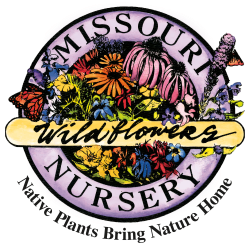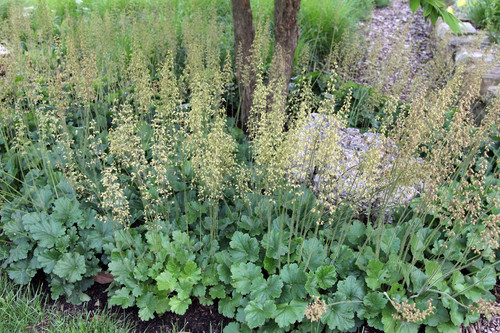Prairie red root is very similar to New Jersey tea. It's leaves are narrower, it blooms a little earlier, and it can be found in drier, more alkaline conditions than NJ Tea. Both are members of the buckthorn family (Rhamnaceae).
The woody roots enrich the soil with nitrogen and can be used to make a red dye. They have medicinal value in treating lung ailments, including asthma.
Wildlife happily make use of this plant. It is a host plant for the caterpillars of at least two butterflies. The flowers attract a number of bees and other pollinators. Songbirds, quail, and turkey consume the seeds. Songbirds also use prairie red root as nesting cover. Deer and rabbits will nibble the plant (so it may need some protection while it gets established). Rabbits especially like the small twigs.
Uses: hummingbirds, bees, butterflies, edible, medicinal, drought tolerant
Bloom time: April - May
Height: 3 to 4 feet
Space: 2 to 3 feet
Sun: Full sun to light shade
Moisture: Dry to average
Seed: Can be a bit difficult to germinate. We've had success by pouring near-boiling water over the seeds and letting them soak overnight. This treatment is followed by 1 to 3 months of cold, moist stratification (mix the treated seeds with a medium such as sand, peat, or potting soil; moisten the mixture and refrigerate). Untreated seed also germinates; it just takes a bit longer. Sow untreated seed between October and late January.







